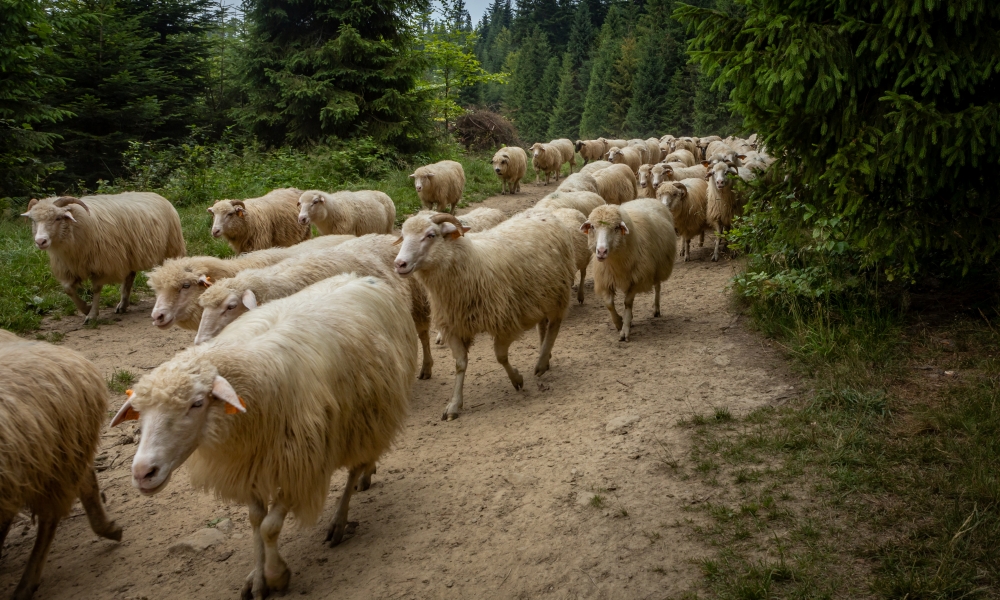Nature-based Solutions Sprint awarded follow-on funding for Multifunctional Landscapes in Scotland
Associated Sprints
Recent News
- Agile at the BES Symposium
- Youth-Led Research and Policy
- Greenhouse gas uncertainties: expanding the impact of research

The Scottish Government have awarded follow-on funding to explore the potential to deliver multiple goods and services from the Scottish landscape, to meet the need for sustainably produced food, timber, energy and water, helping to achieve net zero and prevent further biodiversity loss.
This project will address the potential for integrated land use in multipurpose landscapes to deliver commercial outputs, such as agriculture and forestry, while simultaneously increasing ecosystem goods and services above those delivered by current Scottish land-use patterns. It will build on the work of the Sprint on Scaling up Nature-based Solutions and ties into the work from the Sprint that will be carried forward in the Leverhulme Centre for Nature Recovery.
The research will map and assess scenarios for developing multi-functional landscapes in Scotland, using three case studies representing upland, mid-level and lowland landscapes. This will involve three different approaches: Agile nature recovery / NbS maps, the Environmental Benefits from Nature Tool developed for Natural England, and a national-level analysis using the FABLE model for Scotland.
Why now?
Current estimates indicate that delivering on targets for net zero and halting biodiversity loss through woodland creation, peatland restoration and bioenergy production would involve a land-use debt of between 14 to 20% in Scotland. This indicates that more multifunctional land use is urgently needed to augment other measures such as dietary change and food waste reduction.
What will this research produce?
For the upland, mid-level and lowland landscapes, the research will analyse pathways co-designed with the Scottish Government:
- The baseline, representing a single-use landscape focused on conventional production of food, timber or energy
- A ‘sustainable intensification’ pathway using techniques such as improved crop or livestock breeding and precision agriculture to sustainably improve agricultural productivity
- An ‘agro-ecological pathway using techniques such as agro-forestry, hedgerow creation, organic soil amendments, cover crops and beetle banks to improve delivery of biodiversity and ecosystem services.
This will take the form of a short report to be delivered by 31st March 2024.



